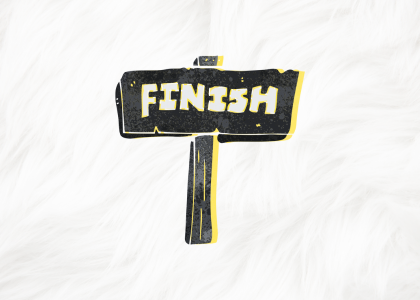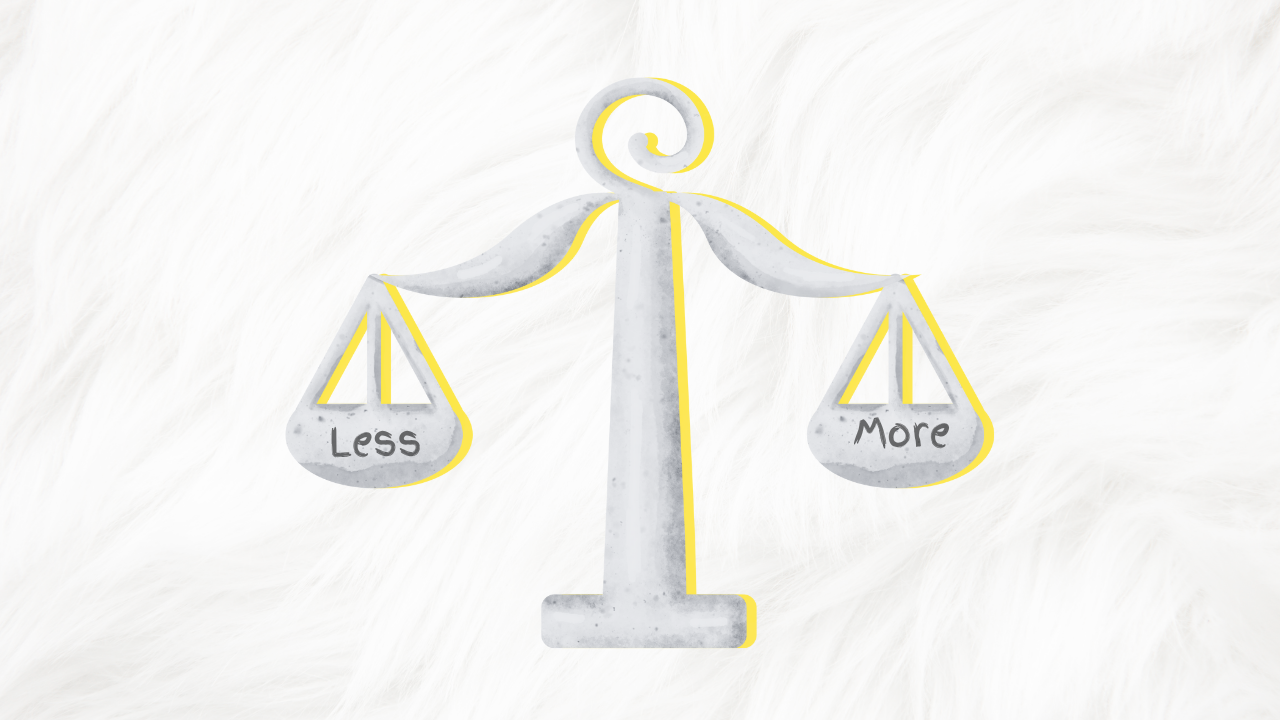UX Laws in Membership Design | Part 3: Zeigarnik Effect
People remember incomplete or interrupted tasks better than completed ones and this creates a tension that prompts us to act.
In one of the communities I'm part of (The Lab), I'm currently at level 3 in their gamification system and I need just 7 more points to reach level 4. You can bet I'm itching to earn those points because that incomplete brownish circle around my profile is driving me crazy.
This nagging feeling I have? That is the Zeigarnik Effect in action.
Imagine going for a run and glancing at your watch and seeing 9.99km. It feels incomplete, right? Your natural inclination is to push through that final 0.01km to make it a full 10km run.
The Zeigarnik Effect refers to a psychological phenomenon where people remember incomplete or interrupted tasks better than completed ones and this creates a tension that prompts us to act.
The Zeigarnik Effect can play a huge role in motivating your members to take action in your community. A recent CMX Community Industry report shows that engagement is one of the biggest challenges community managers face.
Now, there are countless reasons why this might be the case from digital fatigue to other life priorities. But in this article, we are going to focus on what we can control, like how to boost engagement using the Zeigarnik Effect principle of user experience design.
Here's how to apply the Zeigarnik Effect in your membership
Application forms
If your membership signup includes an application form, add progress bars so that people can see how long the process will take. For example, if there are 3 sections, display "Section 1 of 3," "2 of 3," etc. at the top. This way, interested applicants know exactly where they stand. This is especially valuable for memberships with lengthy application forms.
Remember Hick's Law: the time it takes for someone to make a decision increases with the number and complexity of choices available. While shortening the application would be the obvious solution, sometimes you need to thoroughly vet applicants when curating an exclusive community, which means gathering more details upfront. In those cases, nudge them toward completion by showing how many steps remain. This encourages them to finish what they started and close the loop.
Onboarding
Once your members have signed up, create onboarding flows with clear checklists or steps that nudge them toward completion. An onboarding checklist works beautifully for this. If there are 3 steps and a member is on step two, they will naturally feel compelled to complete that third step. Seeing a checklist where all the steps are completed is very satisfying.
Profile completion
If your membership requires members to fill out their profiles when they join, include a completion meter or percentage showing how much they have completed, something like "80% complete." Most people feel satisfaction from reaching 100% and so this will motivate them to finish filling out their profiles. Bonus tip: consider adding encouraging microcopy like “Almost there!” when members are close to getting done with a task.
Gamification
The example I shared above of needing 7 points to reach level 4 demonstrates how we can use the Zeigarnik Effect in gamification to drive engagement. Highlight how close your members are to achieving a goal, and let that proximity fuel their desire to close the loop and level up. Pair gamification with the Zeigarnik Effect and you will create a powerful engine that propels your members toward their goals.
Content teasers
There is a good reason TV episodes end on cliffhangers. As the viewer, you want to know what happens next and this makes you keep watching episode after episode until you have suddenly binged an entire season over the weekend. The same principle applies to membership content. Share glimpses of upcoming content or hint at what's coming next. This is particularly useful for learning content, where completion rates tend to be low. If you want to help your members finish a course, end each module with a teaser of what is ahead to build curiosity and keep them learning. That way, you are helping them hit their goals using the Zeigarnik Effect.
If you already have a membership, take a look at where people are dropping off. Could the Zeigarnik Effect help bridge those gaps? Would a progress indicator, checklist or completion meter help members push through? And if you are designing a new membership from scratch, think about where you can weave these moments of incompletion throughout the member journey, especially in the places that matter most.
A word of caution
The Zeigarnik Effect has sometimes been used to encourage addictive behavior that doesn't benefit users. Make sure you are using it to prompt actions that genuinely help your members achieve their goals. Also, don't overuse it. When members feel like they have too many incomplete tasks demanding attention, they can become overwhelmed, which may have the opposite effect and push them away.
This is the third article in my UX Laws in Membership Design series.
For an overview of the broader UX principles that can transform your membership experience, check out Proven Design Principles You Can Apply to Your Membership.
Article 1: On having fewer options and why that might be better for your membership | Hick’s Law
Article 2: On meeting your members where they already are | Jakob's Law
P.S. I offer membership audits and ongoing support to help entrepreneurs and creators design thriving memberships that people love. If you’d like to work with me, reach out at jolleenopula.com/contact
Subscribe to my newsletter
Subscribe to my Substack to get notified via email when I post a new article about memberships

-min.png)
